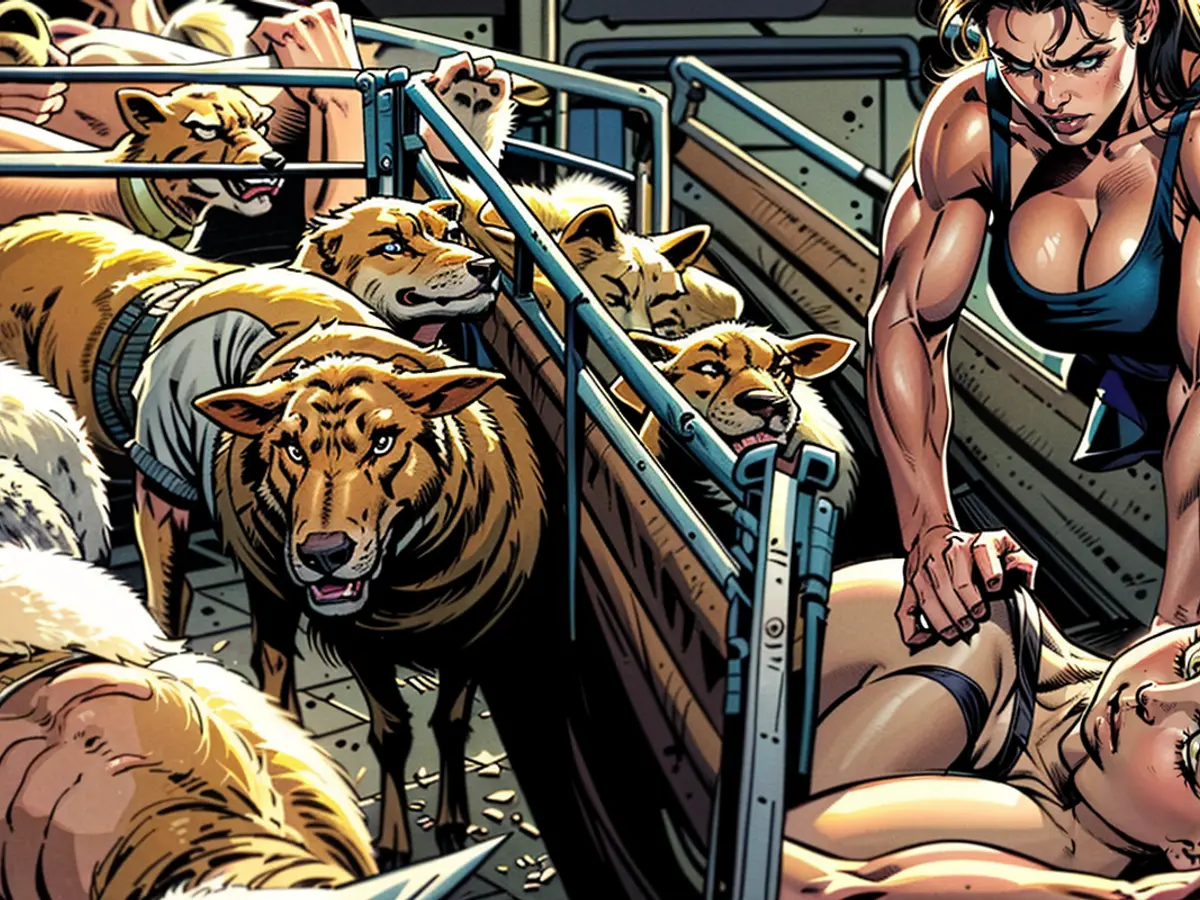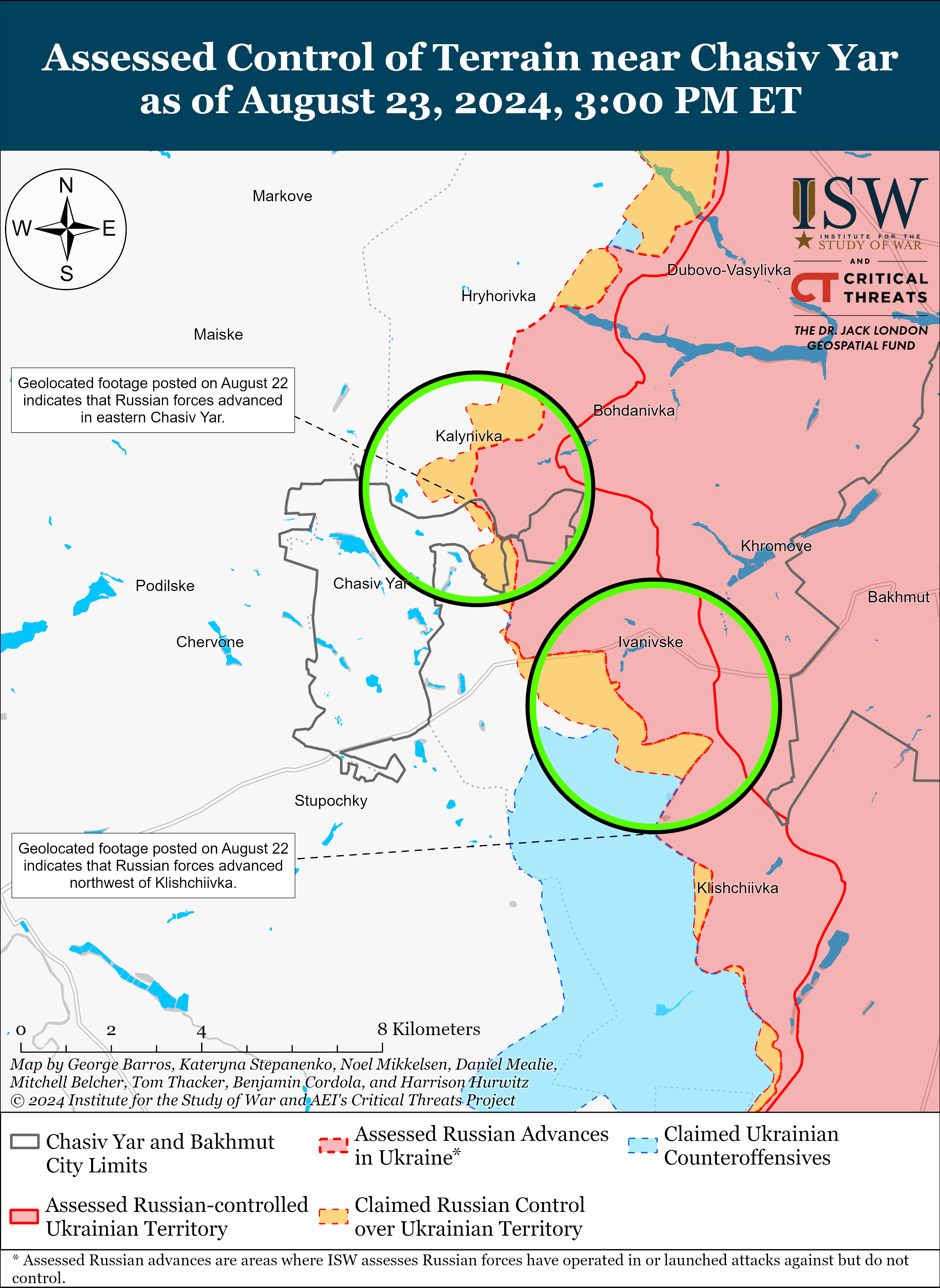– Sheep and cattle face wave of impact of bluetongue virus
Blue tongue diseasewhich poses a threat to sheep and cattle, is spreading rapidly in Germany. The number of cases is currently exploding, according to the Friedrich-Loeffler-Institute (FLI) on the island of Riems. The reason for this is the high number and extreme activity of midges that have been carrying the disease for several weeks.
In just ten months, the pathogen has spread throughout theGermany. After the addition of Saxony on Friday, there have yet to be any cases reported in Berlin, according to the FLI announcement.
What type of pathogen is this?
It is a virus, more precisely the blue tongue virus, or BTV for short. Sheep, cattle, South American camelids, goats and wild ruminants are particularly susceptible to this virus, which exists in more than 20 different variants, called serotypes. Currently, the BTV-3 type is prevalent in Germany and other European countries.
How do sheep and cattle get the disease?
Most BTV viruses are transmitted by biting midges of the Culicoides group, which are part of the biting midge family. They breed primarily in warm, humid weather.
Is the disease dangerous for humans?
It is completely harmless to humans, as confirmed by the Friedrich-Loeffler Institute. The pathogen is not transmissible to humans. Meat and dairy products from susceptible animals can be consumed without concern.
How are the affected animals doing?
Bluetongue disease is very painful and can be fatal, depending on the serotype. Sheep often suffer from mouth pain and lameness, according to the FLI. The characteristic tongue discoloration is relatively rare. In cattle, the disease runs a milder course.
According to data from the Netherlands, which has been affected for a longer time, on average, a quarter of the sheep on affected farms die from the current variant BTV-3/NET2023 – much more than with other variants. On some farms, even more than 70% of the sick animals have died. The mortality rate is also higher in cattle, and milk production can significantly decrease in dairy cows.
What is the current situation?
In recent days, cases have been reported in more and more federal states. While the FLI recorded 13 affected farms nationwide in June, there were already more than 1,200 in July. And by August 23, more than 4,800 affected farms had been reported.
The FLI expects more cases and more farms affected throughout the year. And: “We will definitely be dealing with BTV-3 next year as well.”
There are about 10.6 million cattle in Germany (as of May 1), including about 3.7 million dairy cows. Bavaria, Baden-Württemberg, Lower Saxony, North Rhine-Westphalia and Schleswig-Holstein account for more than 75% of the cattle.
The spread of bluetongue serotype 3 is following a similar pattern to that of serotype 8 in 2007, according to the FLI. Initially moderate, the number of new cases generally increases sharply during the second half of the year and declines again towards the end of the year, depending on the presence and activity of transmitting midges.
Where does the BTV-3/NET2023 variant come from?
It is suspected that it originated in South Africa, although this has not yet been confirmed or denied by the FLI. The significant differences from all previous BTV-3 Known outbreaks in Europe suggest a distant origin.
The federal institute considers international trade to be the most likely means of introduction. Not necessarily with sheep or cattle: infected midges could also have been introduced with materials.
The variant was first detected in the Netherlands in September 2023 and spread rapidly. The first infection in Germany was confirmed in October 2023, on a sheep farm in North Rhine-Westphalia.
What consequences does the epidemic have for farmers?
Due to the outbreaks, Germany has lost its “bluetongue disease free” status. Animals from affected areas can only be moved to BTV-free areas after testing and treatment with insecticides, which could significantly hamper trade.
“Since all federal states are affected, intra-German trade should be possible again without special requirements,” said the farmers’ association. However, trade with the BTV-free regions of the EU is severely restricted or subject to certain conditions.
Farmers are also suffering losses due to reduced milk production and dead animals. During the BTV-8 outbreak in 2007, Germany’s animal disease compensation funds paid out for 33,233 dead sheep and 10,240 dead cattle, according to the FLI.
What can be done to combat this?
An emergency decree has made possible the use of three vaccines against BTV-3. These can reduce symptoms and viral replication in animals, according to the FLI. However, they do not offer complete protection, and vaccinated animals can still become infected.
According to the Institute for the Future of Life (IFV), vaccinations are the only defense mechanism for animals. However, voluntary vaccination, usually financed by pet owners, has a lower acceptance rate than mandatory vaccination, usually financed by the animal disease fund.
According to the farmers’ association, “vaccines are widely used.” Unfortunately, they were not made available in time for the initially affected areas. The success of vaccinations in protecting the animal population will have a significant impact on the duration of the epidemic.
The spread of bluetongue disease in Germany is mainly due to the high activity of disease-carrying midges, especially of the Culicoides group, which thrive in warm and humid weather. According to the text, agriculture in Germany, especially cattle and sheep farming, is currently affected by the rapid spread of the bluetongue virus serotype BTV-3.


